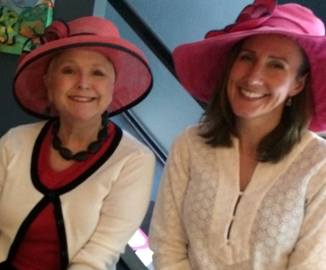 Even though your client is smiling when you walk in the door, can you tell if they’re truly pleased to see you? When is a smile not a real smile?
Even though your client is smiling when you walk in the door, can you tell if they’re truly pleased to see you? When is a smile not a real smile?
It’s important to decipher when someone is pleased that you’re there or secretly hope your visit is brief and you are out the door fast.
Hollywood stars flash the pearly whites for the camera. How do you decipher someone’s sincerity? Some people mistake an expression in which the teeth are showing and edges of the lips are turned up as a smile, or at a minimum, a sign of friendliness.
Researchers have studied and analyzed smiles since 1862, when French scientist Guillaume Duchenne used electrical stimulation to attempt to replicate the facial muscle movements involved in a smile. A cruel way to research smiles, don’t you think?
More recent research reports that the part of the brain that controls true, happy smiles is the part of the brain that regulates emotion. Forced smiles come from the part of the brain that’s in charge of planned movements, not emotional responses. A fake smile requires someone to make a conscious decision to disguise authentic emotions.
There are 43 muscles in the face and at least 6-12 are used to smile or frown. The muscles work to make wrinkles around the eyes, plump up the cheeks and turn the edges of the mouth upward.
We smile for a variety of reasons; sometimes it is to express joy or happiness. However, sometimes we use a smile to hide discomfort, to react to pain, grief or disgust, or sometimes to show we’re sad. How can you really tell?
Seven Quick Tips to Spot a Real Smile
- Corners of mouth go up involuntarily with a true smile.
- When lips are tightly pressed together, even if the corners of the mouth are tilted upward, don’t be fooled. This is not a smile. It might even be a flash of anger.
- The forehead is relaxed. No wrinkle lines other than regular age lines are visible.
- Eyes have concave-up furrows or they may be fully or partially closed are involved in a real smile. That’s when the area under the eye gets puffy.
- No bottom teeth show. If they are on display, it’s a quick tip-off to a forced expression.
- The head may be tilted slightly towards the right or left shoulder. This opens up the neck and throat area. If we’re full of fear, we never expose the jugular vein.
- Red alert—a lopsided or one-sided smile usually indicates contempt, disgust, regret. Never mistake when the mouth is tuned up at only one corner and there is a slight flaring of the nostrils for a happy camper. Put up your guard.
Learn to recognize a real smile and you will do more business and have relationships that are more genuine.

